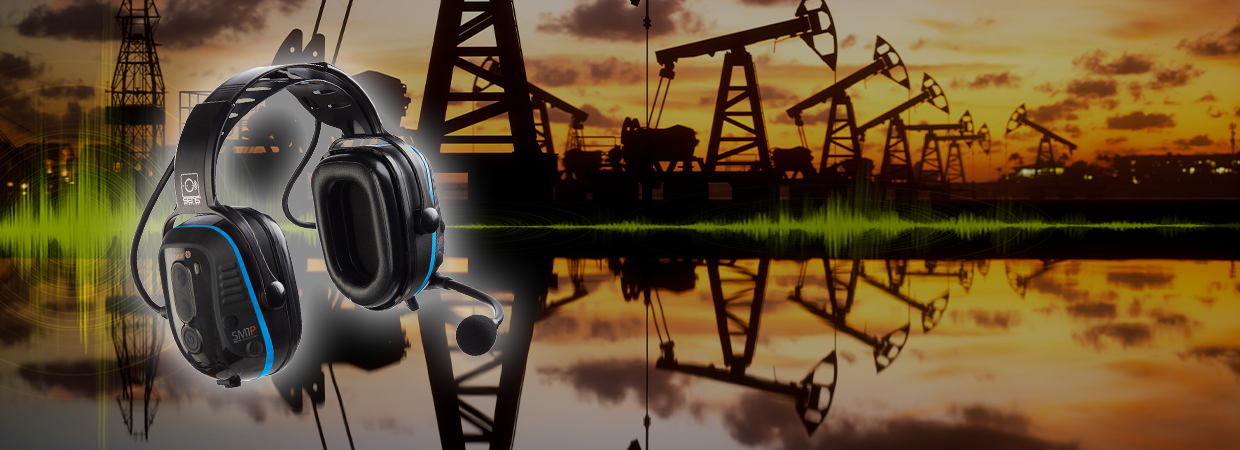- Home
- Blog
- Hearing Protection
- Is Six Feet Social Distance Enough?

COVID-19 has produced a prolonged attack on public life, especially indoor life. Many of the largest super-spreader events took place inside: at a church, in an auditorium, or at a conference. The risk of infection indoors is almost 19 times higher than in open-air environments, according to a study from researchers in Japan.
Today, states are emerging from the lockdown phase of the crisis and entering a queasy period of reopening. But offices, stores, theaters, restaurants, bars, gyms, fitness centers, etc. will have no semblance of regularity until we learn how to be safe.
Shouting and Singing Might Spray the Coronavirus Further than 6 Feet
Korean CDC study concludes that the spread of the virus is not common touchpoints, such as doors and elevator buttons, but rather a common airspace. When people talk or sneeze or cough, they produce respiratory droplets that can come to rest in other people’s mouths, noses, and lungs. Talking for hours in close quarters, in an unventilated space, can create an ideal situation for the COVID-19 virus to transmit.
William Schaffner, professor of infectious diseases at Vanderbilt University Medical Center, told Business Insider that, no matter how far coronavirus droplets travel, they are not, technically, "airborne”.
"These droplets are usually transmitted within three to six feet, but these droplets can be pushed farther out, sometimes even beyond six feet, if you give the exhalation more energy, with a cough or a sneeze or a shout or even singing," Schaffner said.
The droplets can travel further than six feet if they are ejected by people speaking loudly or singing.
What Should You Do if Your High Noise Working Environment Forces You and Your Colleagues to Shout to Communicate?
 Sensear’s Wireless Bluetooth headset enables team members to have seamless headset-to-headset conversations with each other in the work area up to 100 feet apart, without shouting or needing to move in close to others up to 100 feet. Communication over longer distances through Bluetooth® wireless technology enabled devices is also possible.
Sensear’s Wireless Bluetooth headset enables team members to have seamless headset-to-headset conversations with each other in the work area up to 100 feet apart, without shouting or needing to move in close to others up to 100 feet. Communication over longer distances through Bluetooth® wireless technology enabled devices is also possible.
The SM1P headset also features:
- SENS® Technology: It elevates speech and suppresses dangerous background noise so workers can hear speech and stay protected in high-noise environments. It also increases job site safety by enhancing communication and providing 360° situational awareness of the environment.
- Bluetooth®: Connects to all industry-leading two-way radios via wired connection or Bluetooth®. It supports Bluetooth® cellular for conversation and audio streaming.
- Short-Range Communication: Enables headset-to-headset communication up to 150 feet
- Noise Suppression: Up to 36dB NRR depending on headset style
- Intrinsically Safe: For explosive environments that require UL, CSA, or TIA certifications, Sensear has the SM1P-IS Hazardous Location Headset.
Are We Ready for the Reopening?
Sensear understands the need for clear communication between team members while maintaining social distance. Our SM1P Bluetooth® Series Headset is a perfect solution for communicating with your team members without needing to shout and while keeping the required 6 feet social distance in high-noise environments.
Schedule a call with our Headset specialist and get the best communication solution for your work facility.






